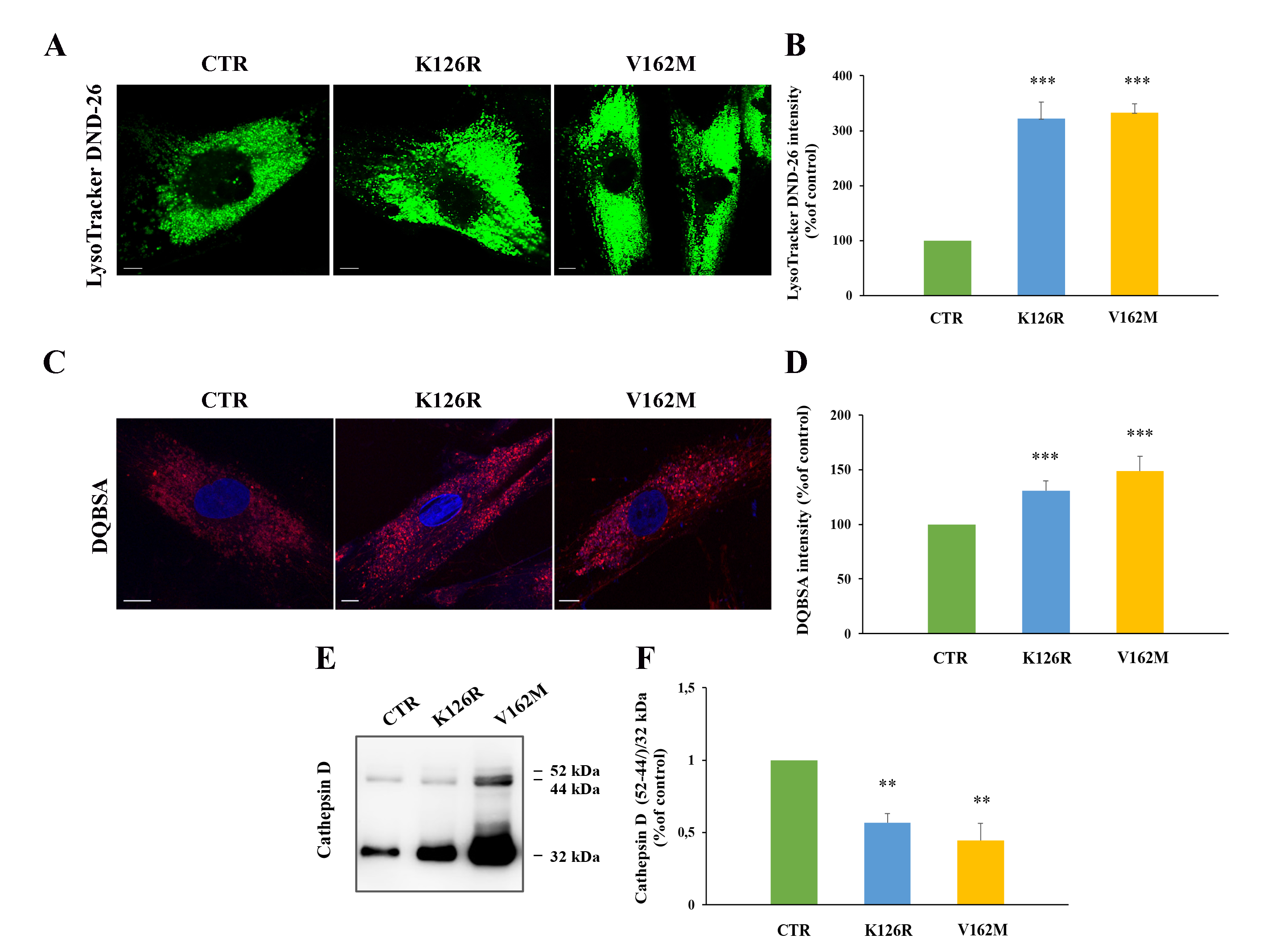

suggest that Ephrin and its receptor have changed their biological functions during evolution of animals. Similarly, altering the pattern of Ephrin in the embryo’s tissues altered immunocyte migration in a predictable way. Further experiments supported this idea and revealed that immunocytes that lack the Ephrin receptor fail to enter the right tissue. This finding suggested that the Ephrin is actually attracting the immunocytes to their final destination rather than repelling them. show that immunocytes carry the receptor for Ephrin and migrate to embryonic tissues that produce high levels of this Ephrin. Sea urchins produce one type of Ephrin protein and its associated receptor, and now Krupke et al. However it was not clear what guides this migration. In sea urchin embryos, pigmented cells called immunocytes are known to migrate from one region of the embryo to another where they form part of its immune system. Sea urchins also have a relatively simple set of genes many of which are similar to the human form of the gene. This is in part because these animals can be easily manipulated in the laboratory and are more closely related to animals with backbones than many other model organisms. The sea urchin is an important model organism for studying how animals develop and in particular how genes control animal development. In these cases, the repulsive interaction between Ephrins and cells with receptors ensures that migrating cells avoid certain locations and reach the correct final destination. Some migrating cells have receptors for Ephrin and are repelled from tissues that contain Ephrin proteins. Ephrins are a large and well-studied family of proteins that serve as guidance cues and are found on the surface of certain types of cells. The embryo’s tissues produce these cues and the cues can either repel or attract migrating cells. As these cells move, they are guided to their destination by molecular cues. eLife digestĭuring animal development, numerous cells move around the embryo to form and shape the growing tissues. This is a distinctive example of Eph/Ephrin signaling acting positively to pattern migrating cells.

As well, we propose that immunocytes disperse when Sp-Eph enhances adhesion, causing haptotactic movement to regions of higher ligand abundance. We conclude that Sp-Eph signaling is necessary and sufficient for epithelial insertion. In mosaic embryos, immunocytes insert preferentially in ectoderm expressing Sp-Efn. Expressing Sp-Efn throughout embryos permits immunocyte insertion in ventral ectoderm.

Interfering with expression or function of Sp-Eph results in rounded immunocytes entering ectoderm but not adopting a dendritic form. Immunocytes express Sp-Eph and Sp-Efn is expressed throughout dorsal and ciliary band ectoderm. In sea urchin embryos, pigmented immunocytes are specified in vegetal epithelium, transition to mesenchyme, migrate, and re-enter ectoderm, distributing in dorsal ectoderm and ciliary band, but not ventral ectoderm. Eph receptors usually guide migrations of cells by exclusion from regions expressing Ephrin. The mechanisms that underlie directional cell migration are incompletely understood.


 0 kommentar(er)
0 kommentar(er)
